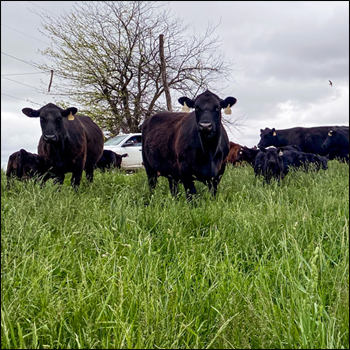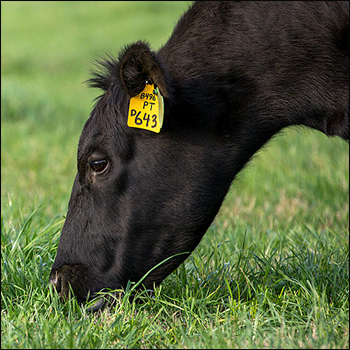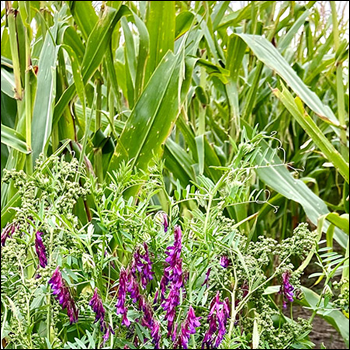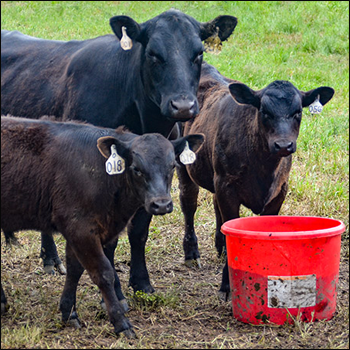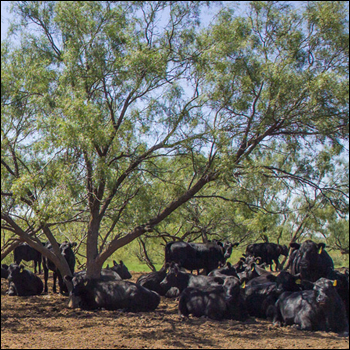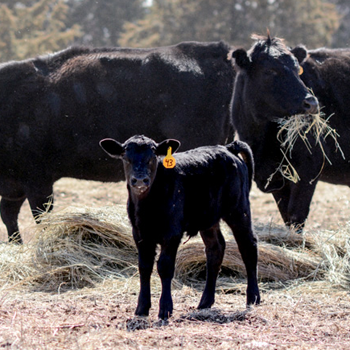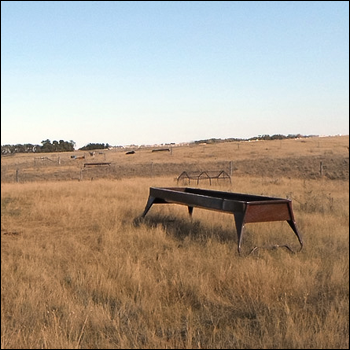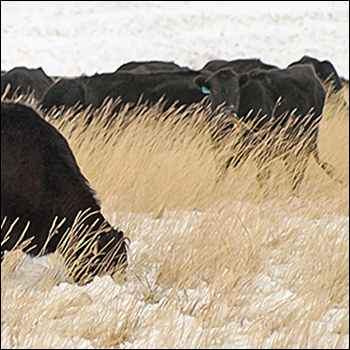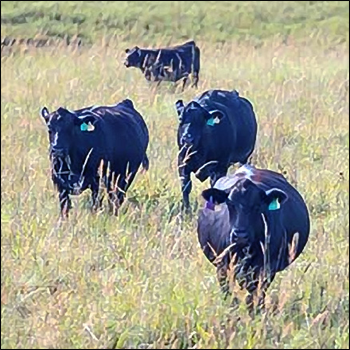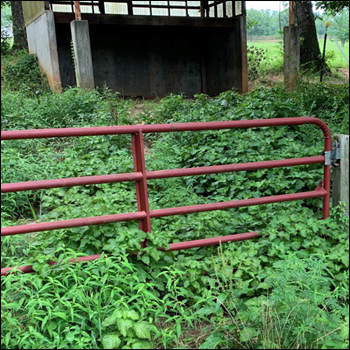
Five Ways to Prevent Trich
With a recent trich outbreak, understand the risks and implement these tips to protect your cattle.
Trichomoniasis, most commonly known as trich, is a devastating disease affecting cattle. It causes infertility and early embryonic death, leading to a high percentage of open and/or late-bred cows. The enormous cost of open cows, the veterinary and laboratory costs for investigation and diagnosis, and the costs of culling and replacing animals can lead to considerable economic strain.
What is trich, and how is it spread?
Trich is a venereal disease in cattle. The pathogen lives in the genital tracts of cattle and is spread from infected bulls to cows and from infected cows to bulls during breeding. Bulls carry the disease and can remain infected indefinitely. Most cows clear the infection within three to five months, but immunity is short-lived and reinfection is possible.
The only way trich enters a herd is through an infected animal. The most obvious avenue is by introducing an infected bull or cow to the herd. However, it’s not uncommon during shared grazing, or a breach in the boundary fence, for infected neighboring cattle to breed with — and thus infect — a herd.
What are the symptoms of trich?
Trich does not cause any apparent illness in infected animals. The only sign that trich is in the herd is reproductive problems — a large percentage of open cows, multiple heat cycles, and increased percentage of late-bred cows. During pregnancy diagnosis, your veterinarian might also notice an increased incidence of pyometra, or pus-filled infection of the uterus.
Depending on the number of trich-positive bulls turned out with cows, New Mexico State University estimates the loss in the first year’s calf crop can be as high as 50%.

Tony Hawkins |
How is trich diagnosed?
Trich should be suspected in herds with poor conception rates and an extended calving season. A diagnosis is confirmed by testing the bulls for the presence of the organism. To do this, your veterinarian will collect preputial scrapings from your bull and send the sample to a lab for analysis. If one bull is infected, you must assume that the whole herd is infected. Diagnosis in cows is difficult and not practical in most situations.
What are treatment and control options?
There is no treatment for trich. Once your herd has been infected, you must cull all bulls that were part of the affected breeding group, as well as any cows with pyometra. With trich, the best option is to practice strong biosecurity and sound management to prevent introduction of trich into your herd.
To best prevent trich, follow these five tips:
- 1. Do not introduce infected animals. Buy young, virgin bulls from a reputable breeder and perform a trich test on all bulls as part of the prebreeding fertility exam. Do not buy open or short-bred (less than 120 days) cows.
- 2. Maintain good perimeter fences to segregate groups and neighboring herds.
- 3. If shared grazing is necessary, communication is key. Work with your fellow producers and veterinarians to implement a trich control and prevention protocol.
- 4. Implement a defined breeding season and maintain good records of pasture groups and pregnancy status.
- 5. Vaccines are available to help offer herds protection against trich. The vaccines do not entirely prevent embryonic death or infertility, but, when administered to cows, the vaccines have been shown to help decrease the reproductive consequences and help them clear the infection faster.
Unfortunately, this is not an easy disease to control once it has been introduced. The economic ramifications alone can cause tremendous strain on any operation. Prevention is best accomplished with strict biosecurity and by working closely with your herd health veterinarian.
Editor’s note: Tony Hawkins is a technical service veterinarian for Valley Vet Supply. Visit ValleyVet.com for vaccines and health products.

Angus Proud
In this Angus Proud series, Editorial Intern Jessica Wesson provides insights into how producers across the country use Angus genetics in their respective environments.
 Angus Proud: Scott Sproul
Angus Proud: Scott Sproul
Oklahoma operation learned wisdom of moving calving season to better suit their marketing needs.
 Angus Proud: Bubba Crosby
Angus Proud: Bubba Crosby
Fall-calving Georgia herd uses quality and co-ops to market calves.
 Angus Proud: Jim Moore
Angus Proud: Jim Moore
Arkansas operation retains ownership through feeding and values carcass data.
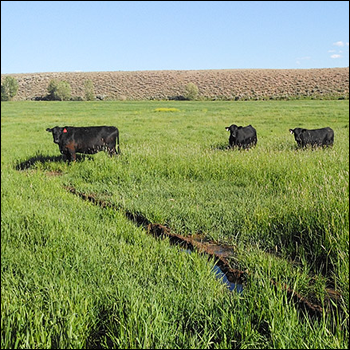 Angus Proud: Stephen Shiner
Angus Proud: Stephen Shiner
Idaho operation rotates pastures in summer and raises crops for winter.
 Angus Proud: Les Shaw
Angus Proud: Les Shaw
South Dakota operation manages winter with preparation and bull selection.
 Angus Proud: Jeremy Stevens
Angus Proud: Jeremy Stevens
Nebraska operation is self-sufficient for feedstuffs despite sandy soil.
 Angus Proud: Dave Rutan
Angus Proud: Dave Rutan
Angus breeder gets the most out of his bull investment by partnering with opposite calving-season operation.
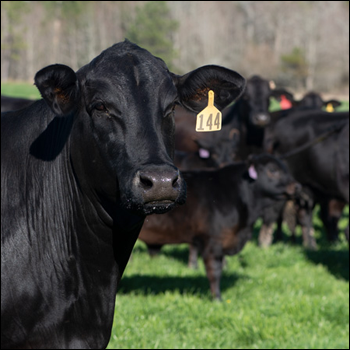 Angus Proud: Nickey Smith
Angus Proud: Nickey Smith
AngusLink helps Louisiana cattleman gain more for his calves.
